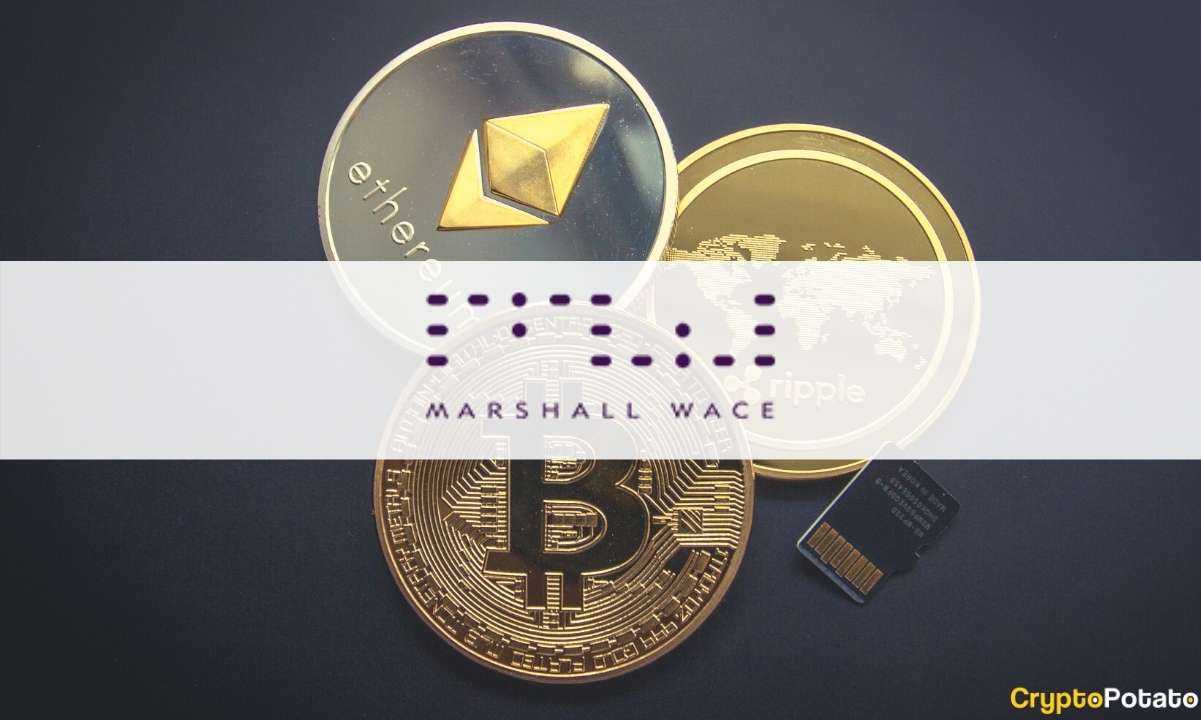Accepting Crypto Payments in the Physical World — The Good, The Bad, and The Future
Cryptocurrency and blockchain now both have many planned uses. However, originally they were intended to be used as currency, in a similar (if not quite the same) way to the fiat currencies we’ve all been using for centuries.
But things have turned out a little differently, and many cryptocurrencies are difficult or even impossible to use in that way. Some companies are accepting crypto payments, and these kinds of transactions are more common online than in the physical world, but they’re still far from mainstream.
Right now, crypto is more of a space for speculation and investment than a means of paying for goods and services.
But why shouldn’t it be used as a currency? There are tons of advantages to using crypto rather than fiat money to pay for things. Advantages like improved ease of use, lower fees, potentially lower waiting times, lack of third party interference, and much more.
And some startups, like T.OS, are seeking to encourage wider acceptance of cryptocurrency as a means of payment in the physical world in places like stores, coffee shops, and bars. They want to help propel cryptocurrency into the mainstream by making it easier and more attractive for vendors to accept it.
They want to do this by overcoming some of the barriers that stand in the way of mainstream crypto adoption. Let’s take a look at the good and bad points of paying with crypto in the real world, and what the future might hold.
The Good
There are plenty of good reasons to buy goods and services with cryptocurrency on your local high street. It’s a secure, decentralized payment system with no clunky interference by third parties. That ensures smooth, clear payments with straightforward terms and conditions.
Crypto also has the potential to be much cheaper than other payment methods, and also much quicker. It’s not quite there yet, and we’ll address this in more detail later on.
The Bad
One of the things holding back mainstream crypto adoption is its volatility. Cryptocurrencies are notoriously volatile and tend to swing back and forth in price quite violently.
Anyone who was invested in a currency like Bitcoin toward the end of 2017 is well aware of the massive changes in price that can take place rapidly — the currency halved in value in around a month.
This is a problem for vendors who might want to accept cryptocurrency. If they accept payment in crypto one day, that same amount of crypto might be worth far less the following day, before they have time to sell or exchange it.
Unless you’re a serious crypto enthusiast or prepared to take a big risk with your business’ profits, this kind of volatility is a big turn off for merchants.
Another issue is the transaction time. As mentioned above, crypto has the potential to process transactions much more quickly than other methods like Visa and PayPal. However, due to the way cryptocurrencies are currently structured, waiting times can skyrocket at busy times.
Nobody wants to be stood around for several minutes, waiting for their payment to authorize while their coffee goes cold and their lunch hour slowly rolls by.
So what’s the solution to these issues? T.OS might well have the answer, and although their project is currently confined to Singapore, it’s showing a lot of promise.
The Future — Bringing Crypto to the High Street
T.OS’ approach is fairly simple. They have two separate currencies, on two different blockchains. The first currency, T.OS, is an ordinary crypto token that can be traded on crypto exchanges and has no fixed price.
However, in special exchanges, users can swap this coin for another one, called T.OSP. This one does have a fixed price, and it’s pegged to the local currency wherever the exchange is located. So in the U.S. one T.OSP might be worth one USD, and at the same time in Canada, one T.OSP would be worth one CAD.
This is important because it means the coin doesn’t fluctuate in price like other cryptocurrencies. Merchants can accept payment in T.OSP, safe in the knowledge that it will be worth the same when they exchange it for fiat money.
The T.OS system also aims to be quick and cheap to use, challenging other payment methods.
The future of crypto on the high street is hard to forecast, but there’s a lot to be optimistic about. Addressing and tackling concerns about volatility and transaction times could be the key to bringing crypto payments to the masses once and for all.
The post Accepting Crypto Payments in the Physical World — The Good, The Bad, and The Future appeared first on CryptoPotato.








